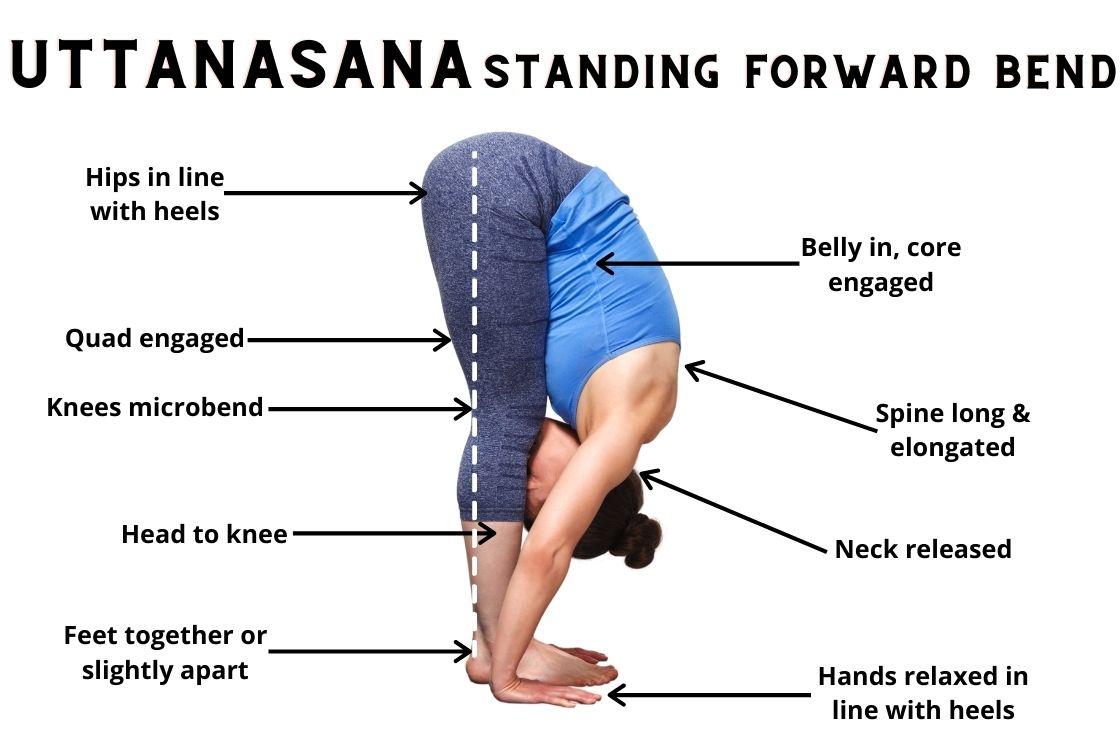his pose is done exactly as it is named; you start in a standing position (preferably Mountain Pose or Tadasana) and slowly bend your body forward so that your forehead touches your shins and your palms flat on the ground. It’s normal to feel tension in your hamstrings and calves because it stretches the leg muscles as well as strengthens the thighs and knees. Another important thing to remember is that it’s okay to bend your knees a little if you can’t bend that far forward. As your body gains more flexibility the longer you do yoga, you will be able to do a full forward bend.
These are a LOT of popular yoga poses and these are just 10 of them, compiled and taken from different categories and difficulty levels of yoga poses. As we said, it’s great if you can do the poses to the extent that they are taught (in terms of stretch and reach). But what’s more important is that you don’t strain yourself and to consult your yogi when you feel pain or severe discomfort.
The steps to perform a basic Uttanasana pose are as follows:
- Stand in a Tadasana pose by placing your feet slightly apart.
- Use both of your feet to equally balance your weight.
- Extend your arms overhead while breathing in.
- Bend forward toward your feet while breathing out, keeping your back flat.
- Deeply breathe while remaining in this pose for 20 to 30 seconds.
- With your legs and spine erect, rest your hands beside your feet or on your legs.
- As you breathe out, extend your chest toward your knees while lifting your tailbone and hips higher.
- Continue with the deep breaths while allowing your head to relax and move toward your feet.
- While breathing in, allow your arms to stretch forward and up.
- Slowly move into a standing position.
- As you breathe out for a final time, allow your arms to move to your sides.

